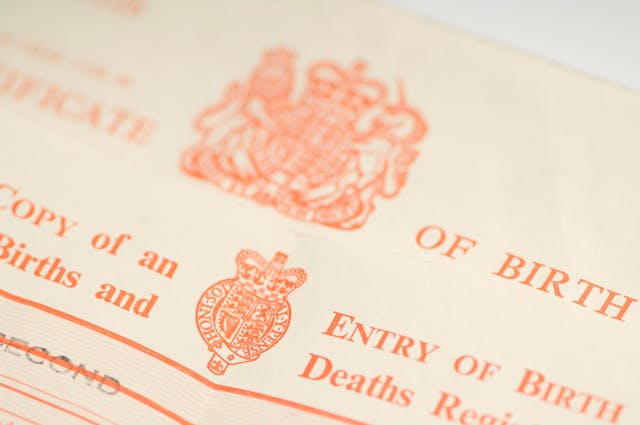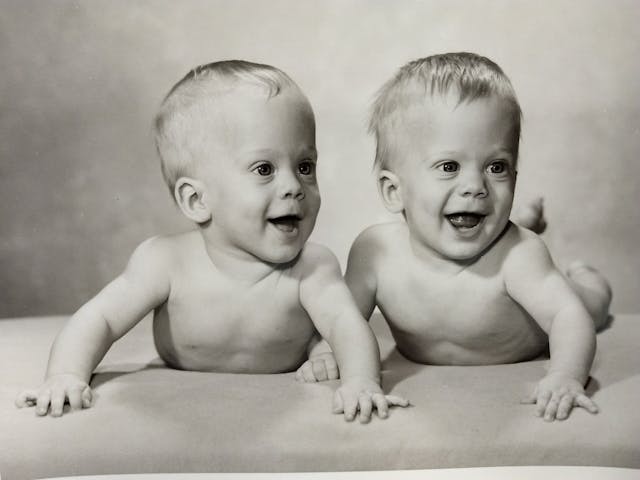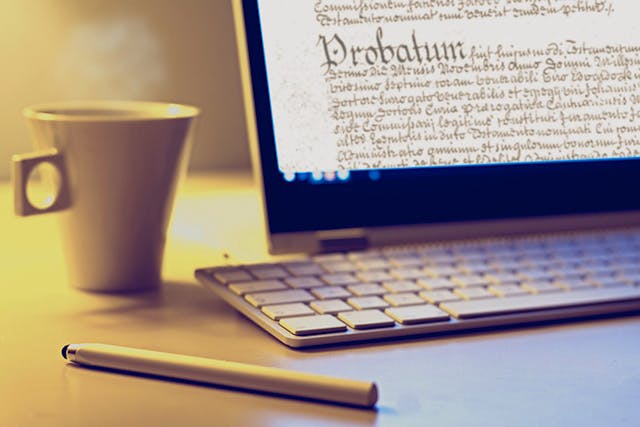How to search for Birth, Marriage and Death certificates 1/2
Introduction
In England & Wales, up to that time, the government had relied very much on the church to register its population but it realised that it was not a complete record i.e. not a full listing of the population. Therefore, a single tier registration system was introduced, based on the administrative poor law unions, which had been set up in 1834, and previously the administrative hundreds.
These became the registration districts. Births, not baptisms, & deaths, not burials, were recorded as well as marriages. Parish and nonconformist baptism & burial registers were still completed at the same time that the new civil registration system began. The Act also permitted marriages to be performed in Register Offices and outside the confines of the Anglican Church. Many nonconformist chapels were authorised to perform marriages.
Since 1837 there has been much fine tuning of the system and various new regulations and legislation have been introduced from time to time.

Birth Certificates
However, a common occurrence was the illegitimate child. It was implied, though not always the case, that the omission of the father’s name from the certificate suggested illegitimacy. From 1875 the reputed father HAD to be present at the registration to consent to his name being added. Illegitimacy may also be proved by a subsequent marriage of the parents but in such circumstances you cannot assume that this husband was in fact the father of the illegitimate child, unless there is some other known clue to confirm this.
When a time is given, this may indicate a multiple birth, so look for another child born on the same day!
When extracting the information from a birth certificate, pay special attention to the address as this will very often lead you to census returns, directories and poll books or the workhouse records. This aspect will be discussed in greater detail elsewhere. Pay particular attention also to the registration and sub-district as this may give you additional clues enabling you to locate other family members.
Marriage certificates
Ages on a marriage certificate can be inaccurate or at the very least suspect. No exact age may be shown and it may simply be recorded that bride or groom was "of full age". This implies an age in excess of 21 years. That statement may have been false to avoid a minor having to obtain parental consent. Where an actual age is given, it is usually reasonably accurate but it may also have been altered for a variety of reasons.
Be wary of an address which is the same for both parties. This was often used to avoid paying two sets of banns fees if one or the other party resided in a different parish. Marriages usually took place in the parish of the bride.
The absence of a father’s name and occupation usually meant he was unknown, although the columns may have been left blank as a matter of course. This may be a good clue to two possibilities, that of illegitimacy or that the father was dead at the time of the marriage. In the latter case, the name was usually filled in and the word deceased written alongside it. The inclusion of the name of the father without the word deceased did not automatically mean that he was alive at the time of the marriage.
Death Certificates
Death Certificates usually include the following information:
• Registration District & Sub District
• Register number
• When & Where Died
• Name & Surname
• Sex
• Age (including statement of parentage in the case of a child)
• Occupation (including that of the husband of a married woman or widow)
• Cause of Death
• Description & Residence of Informant
• When Registered
From 1837, the only information requested was date and place of death, name, age, sex, occupation, and cause of death. From the middle of 1969, the information shown includes additionally, date and place of birth, usual address and, if the deceased was a married woman, her maiden name. All of which is extremely useful to the family historian.
Although up to 1874, the onus of registering a death was placed on the registrar, the information was provided by an informant. Later it was the responsibility of the next of kin or closest relative of the deceased to ensure the death was registered. Also the Births & Deaths Registration Act meant that the registration had to be supported by a medical certificate. You will find causes of death described in various ways, some often simplistically, e.g. fever, turn of life, water on the head, decline etc.
Beware of inaccurate ages on death certificates. Often informants were not sure how old someone was and so they guessed. The Coroner is usually the informant in the case of a violent or unusual cause of death where an inquest took place. If a death certificate reveals such information, then look further for local newspaper reports of the inquest and also see if a Coroner’s report has survived. Such information will usually be quite revealing.
Additional Registration Sources
1. Adoption Records
Before 1927, there was no legal system of adoption and as such, any agreements prior to that date were usually made within the extended family. A certificate for an adoptive child will show the same information as that contained on a normal birth certificate except the parents’ names will be those of the adoptive parents, not the natural parents. When looking through the indexes, the entry will be recorded for the year of adoption, which will not necessarily be the year of birth.
The certificate will also show details of the date and court in which the adoption order was made. After 1949, the country of birth will also be shown where the child was born abroad. Although the certificate will contain the name of the child being adopted, this may not be the same as the name with which the child was first registered. In many cases, it is possible to find the child in the ordinary birth indexes but, for many, it will be necessary to comply with the requirements of the various Adoption Acts to allow the child to obtain details of their original parentage.

2. Stillbirths
Stillbirths have been registered in this country since 1 July 1927. The records are not available to the general public in the form of indexes and application to the Registrar General is needed for a certificate to be issued.
Cemeteries and crematoria have always been required to keep records of all stillborn babies and babies who die after birth. However, they have not been, and are still not, required by law to keep records of babies who were born dead before 24 weeks gestation (until 1992, 28 weeks gestation). In law, these babies are regarded as ‘late miscarriages’. They cannot be registered as stillbirths and the law does not require them to be formally buried or cremated.
3. At Sea & In the Air
Records exist of births and deaths at sea and in the air where such an event took place on a British registered craft. Marine events have been registered since 1 July 1837, but air events only since 1947.
Births and deaths on British registered hover-crafts, oil rigs and other offshore installations are also recorded. They relate to events anywhere in the world. Indexes are available and certificates can be obtained.
4. Service Records
These relate to births & baptisms and deaths of members of the armed forces or their families or to people working for or attached to the forces. They relate to events both in this country and abroad.
The Army registers commence in 1761 (1796 for marriages) though are most comprehensive after 1881. There are separate registers for deaths of servicemen in the Boer, First and Second World Wars.
5. Consular & High Commission Returns
Where a birth, marriage or death took place of a British Subject in a foreign country, it may have been recorded by the British Consul and certificates of such events are available. Most returns commenced in July 1849.
If similar events took place in Commonwealth countries then they are recorded in the British High Commission returns. Not all British High Commissions recorded marriages. The marriage may be recorded in any registration system operated by the country concerned.
The first half of Guide 2 covers the types of records available and the second half focusses on locating your ancestor using Civil Registration.
Join us
As a member, you can make the most of our resources, access our experts, and find a welcoming community of people interested in family history and genealogy.
We all have roots. Let’s find them together.
